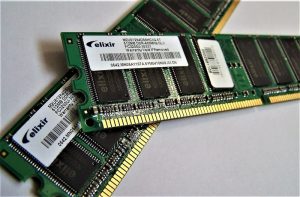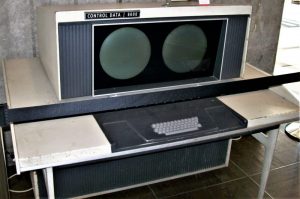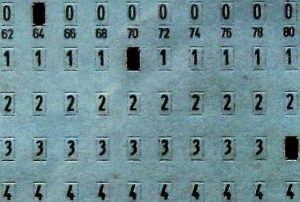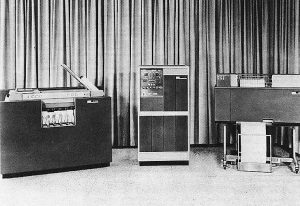RAM
Random access memory, or RAM, is the physical hardware that can be found inside a computer that has as function to store data temporarily, serving as the "operating" memory of the computer. The additional RAM allows a computer to work with more information at the same time, which usually has a dramatic effect on overall system performance. Some of the popular RAM manufacturers include Kingston, PNY, Crucial Technology and Corsair.
What is RAM?
RAM is the most important memory of a device and is the place where all programs and informational data are (temporarily) stored. It is the random access memory.
RAM memory characteristics
The main characteristics of RAM memory are:
- The times when the information is in the modules is quite short.
- If there is a power outage, information tends to disappear.
- It is the most important component of the computer.
- It processes the information that the main processor needs.
- It is also called random access because it can be written and read without following a specific pattern.
Parts
The parts of RAM are:
- Board: is a circuit board on which the hardware elements are soldered.
- Clock: operations are synchronized by the clock which helps simplify the control interface and eliminates pseudo-analog signals.
- Recording mode: controls the duration and type of columns.
- Memory Banks: contains the cells that store the information.
- SPD Chip: contains information about memory, size, speed and access.
- Burst counter: its function is to provide rows to improve access.
- The speed with which the information is transmitted is measured by means of Mega Hertz or Giga Hertz.
- RAM memory can be expanded by adding another memory to the computer.
- The normal RAM capacity can be 4 Gb, 8 Gb and 16 Gb.
- There are different RAM speeds: between 66 and 133 MHZ, between 200 and 600 MHZ, between 400 and 800 MHZ, between 600 and 1066 MHZ and those that transmit more than 2,000,000 data per second.
What is RAM used for?
It is useful because it improves the speed of response of the computer at the moment that some program is used since the information that needs the program to work is stored in the RAM memory.
When the program is executed, the instructions that have to be performed are passed to the processor making data transmissions according to the need. RAM memory is in charge of storing this information and sending the data to be processed to the processor.
History
The first RAM memory was called magnetic core memory and was created between 1949 and 1952. It was used in many computers until integrated circuits emerged in the late 1960s and early 1970s. Before that, computers used relays and delay lines to perform main memory functions with or without random access.
In 1969 the first silicon semiconductor RAMs created by Intel were introduced and the following year a 1024-byte DRAM was introduced, which meant the beginning of the end for magnetic core memories.
In 1973, time multiplexing of memory addresses was introduced. MOSTEK launched the reference MK4096 of 4096 bytes in a package of 16 pins. At the end of the 70’s the integrated ones were used in most of the new computers. Eventually the first memory modules like the SIPP were created.
How RAM works
RAM functions as a kind of information intermediary that is given on storage media and is in charge of processing it. When the CPU has to reach the data that is stored inside the hard disk in order to execute a task, they extract it from the RAM memory because otherwise, it would take a long time. The information that is loaded from RAM is easier to access and works better.
Types
There are several types of RAM described below:
- DDR or SDRAM: is a dynamic memory that interlaces two or more internal memory arrays so that while accessing a matrix and allows you to read and write data at 2 times the mail rate.
- DDR2: are improvements to the DDR memory that allows input buffers.
- DDR3: can become 2 times faster than DRR2 memory, and can transfer data at an effective clock rate of 800-2600 MHZ.
- The cache or RAM cache: is a special high speed storage system and is a part of high static RAM used as main memory. The cache is effective because programs access the same data and instructions over and over again.
Capacity
The amount of data that gets into RAM is what we know as its capacity. If there isn’t enough capacity, many applications won’t work. The memory capacity must have bytes, megabytes or gigabytes and is expressed by mega Hertz or giga Hertz.
How to cite this article?
Briceño V., Gabriela. (2019). RAM. Recovered on 23 February, 2024, de Euston96: https://www.euston96.com/en/ram/










